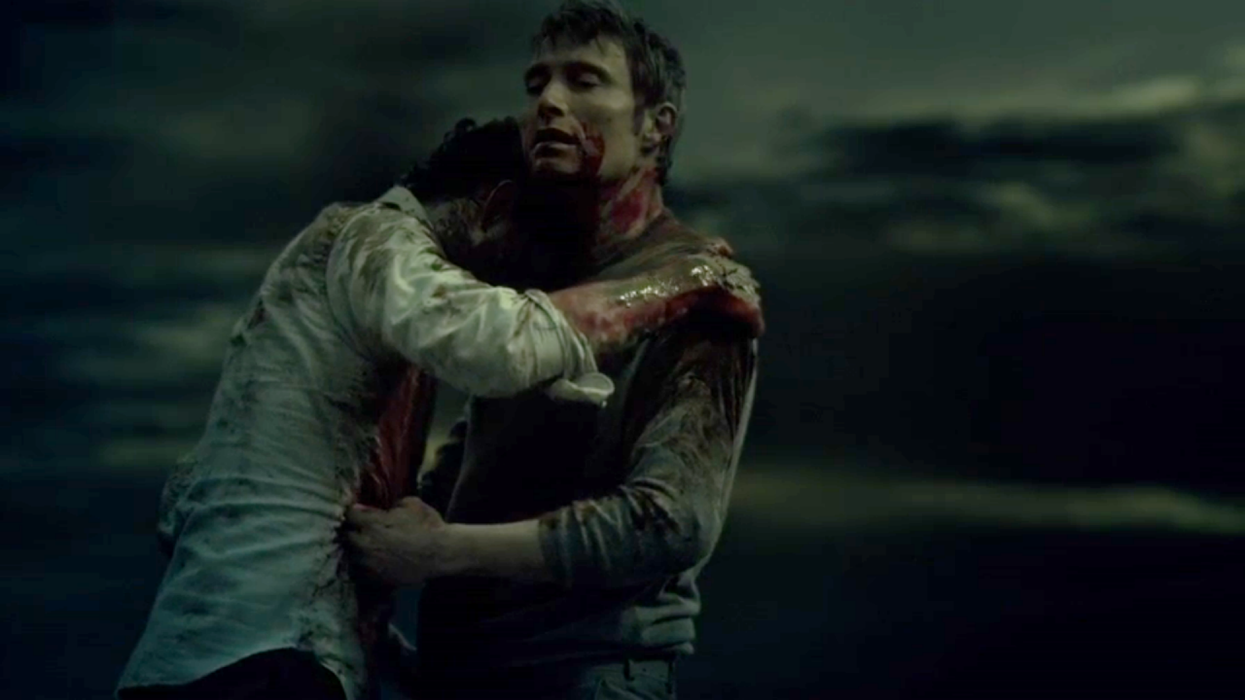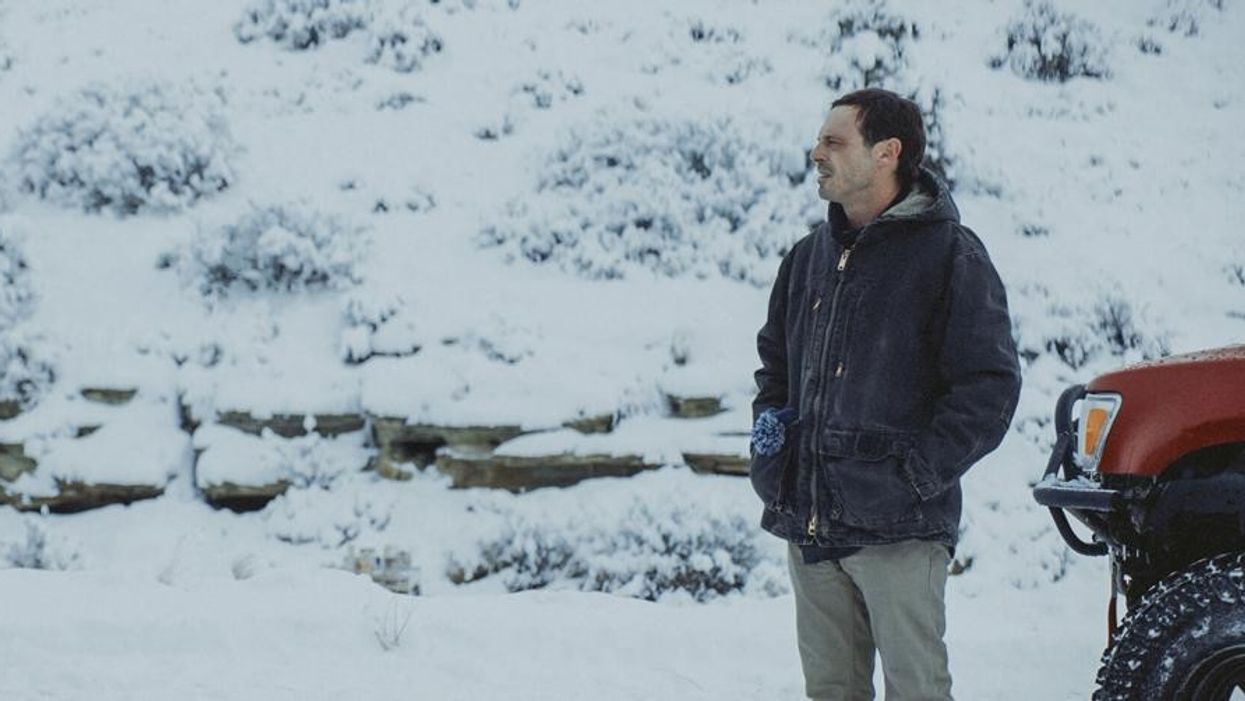How the First & Final Frames of Your Favorite TV Shows Bookend the Whole Series
As we've seen several times, studying the first and final frames of a film can teach you a lot about filmmaking.

They can tie an entire film together from end to end. They can reveal the last piece of a puzzle that had been missing. They can also just — be really, really beautiful. In this supercut, Celia Gómez puts the first and final frames of some of TV's greatest series side by side, a bookending that stretches way past mere hours of a narrative, but entire years.
There a couple of interesting things that this video essay reveals. For starters, the creators of each series use the first and final frames to speak to their audiences in different ways.
In Mad Men, symmetry plays a big role in the arc of the main character. In the first frame, we see the back of Don Draper's head, an introduction to a mysterious character that every woman in America will soon be swooning over. In the final, we see him centered in the frame facing the camera — we know him, the mystery is gone, and this is the end of his story.
Lost does something similar, and in a more stylistic, seemingly intentional way. The first shot of the series is an extreme close-up of a closed eye opening, and the last is an extreme close-up of an opened eye closing. If you know anything about the series (I dropped out after all the "flash sideways" stuff started happening), these shots are kind of like microcosms of the whole story — depending of course on your interpretation of the meaning of the show. If you believe in the "they were all dead the whole time"/"it was all a drream" theory, then the first shot is Jack essentially "waking up" inside a dream/afterlife on a deserted island with a bunch of other plane crash "survivors", and the final is him closing his eyes and waking up inside of reality/another life after he's been reincarnated.
Or — it was just a clever way to open and close a series — eyes opening then closing. Brilliant!

In Fraser, the first and final shot brings everything full circle. The protagonist, Frasier Crane, is sitting at his desk hosting his radio show in the first frame of the series, and in the final, he's still there. This technique is a visual representation of the hero's journey, in which the hero begins "at home", leaves this "home" to answer the call to adventure, and returns once they've achieved their goal. It's a way to letting your audience know that even though a character has gone through many trials through their journey, they've returned home and all is well.
There's a lot of inherent power in the first and final shots of films and TV shows. Make sure that you don't let their storytelling potential go to waste on your projects!
Source: Celia Gómez











